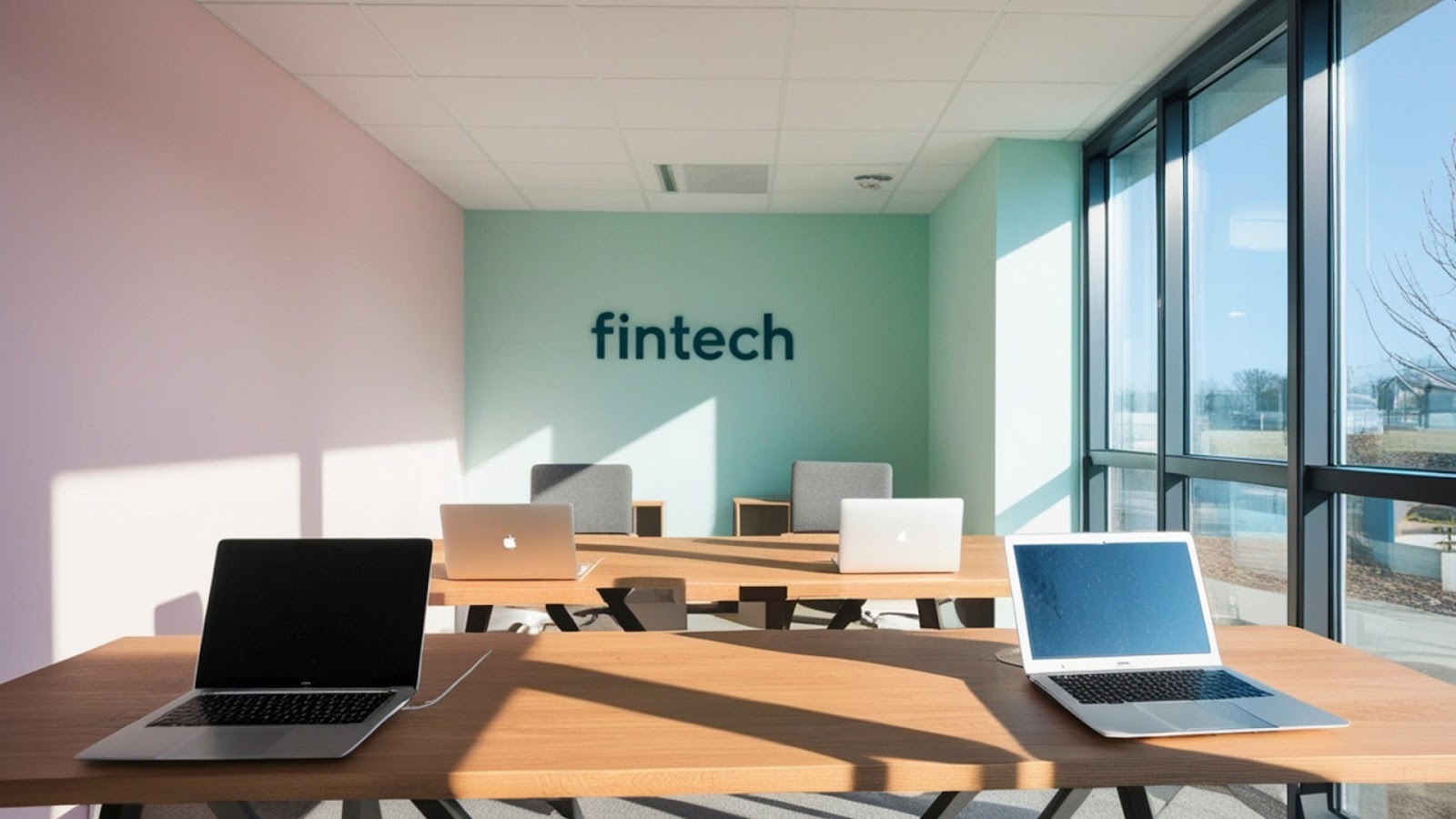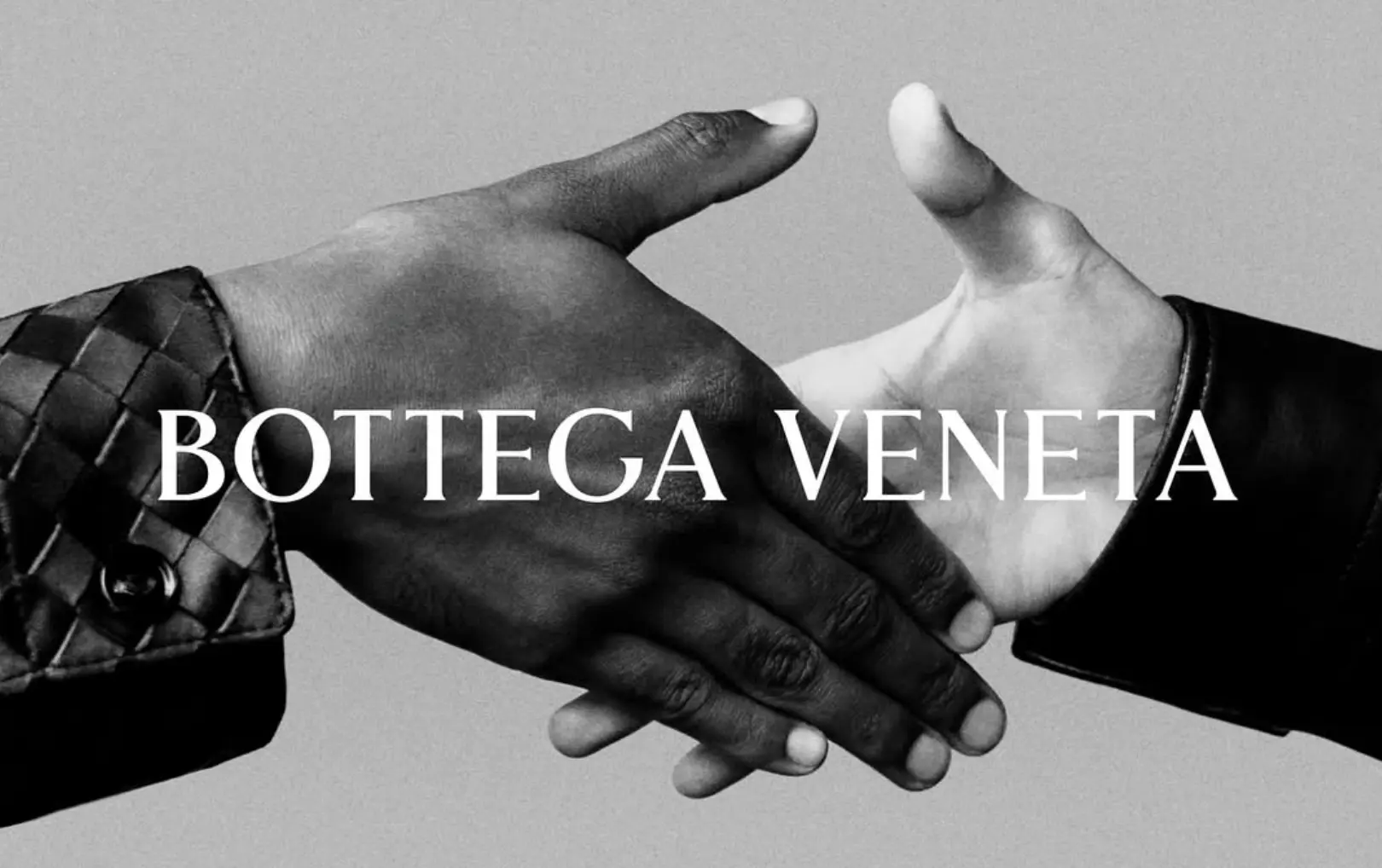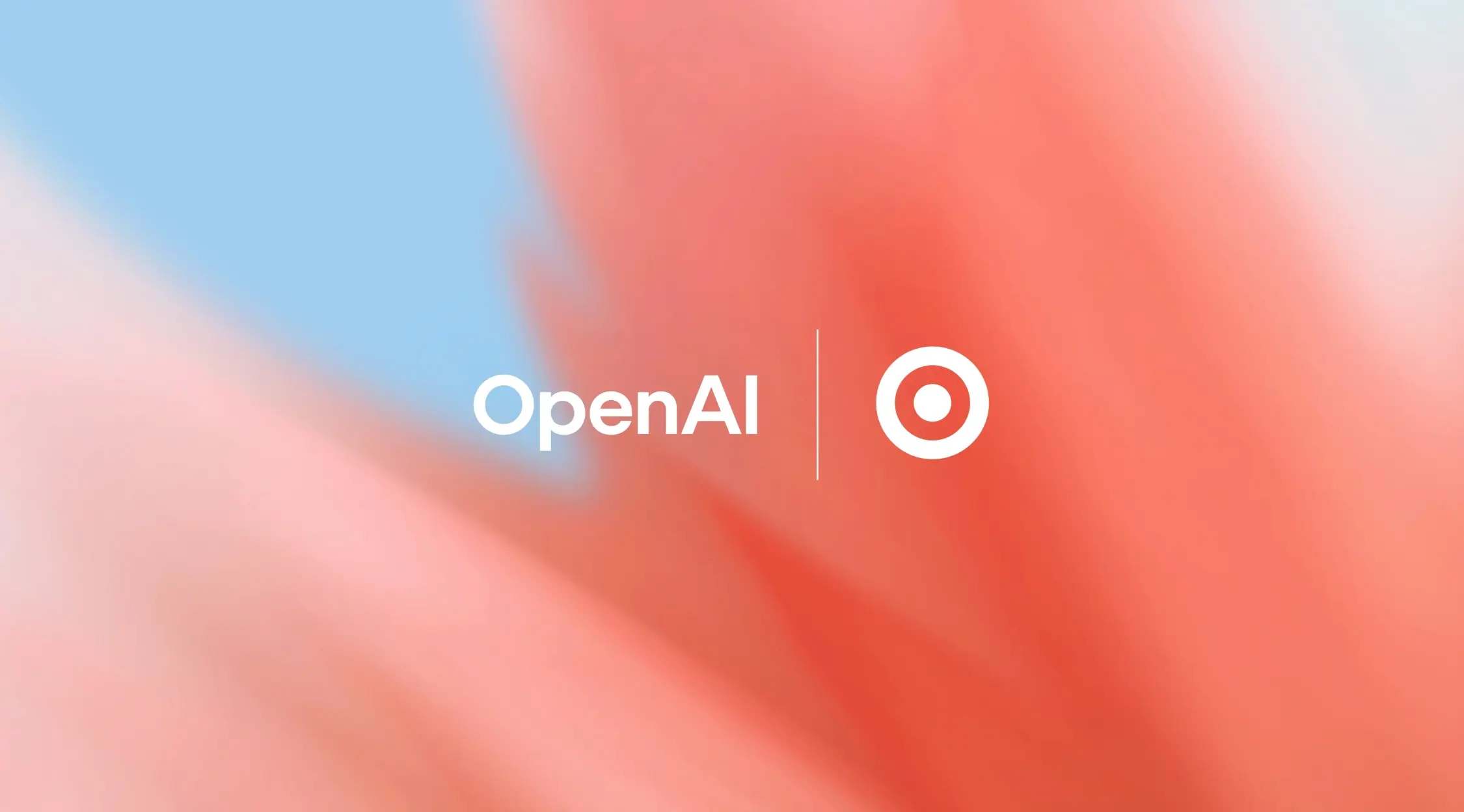Top 7 Fintech Design Companies to Help You Redefine Financial User Experience
Updated on
Published on

In fintech, design is the foundation of trust. People rely on financial apps to manage savings, investments, and payments, often without ever speaking to a human representative. The experience itself becomes the brand. When it works well, users feel secure and capable; when it doesn’t, they lose confidence instantly.
As financial tools grow more complex, the best design companies are simplifying them through thoughtful UX, behavioral insights, and transparent communication. They’re not just improving interfaces; they’re redefining how people understand and interact with money.
This article highlights the top fintech design companies that are setting new standards in digital finance. You’ll learn what makes their work effective, what design trends are shaping the industry, and how to choose a partner who can turn financial complexity into clarity and trust.

The New Rules of Fintech Design in 2025
Fintech design has entered a new phase, one defined by transparency, personalization, and emotional intelligence. As financial technology becomes more embedded in everyday life, users expect the same intuitive experience they get from social or retail apps, but with the reliability and reassurance unique to handling money. The result is a shift from functional tools to emotionally aware products that feel secure, responsive, and tailored.
Clarity Over Complexity
Financial products often carry cognitive weight: multiple steps, compliance checks, and data layers. The best design teams reduce this load by focusing on hierarchy, language, and flow. Visual simplicity doesn’t mean oversimplification; it means guiding users to essential actions while keeping information transparent. A well-designed interface helps users understand their finances at a glance, whether tracking spending or executing trades.
Trust by Design
Trust isn’t created through marketing claims — it’s built through every interaction. Fintech designers now use clear copy, visible security cues, and straightforward consent flows to replace anxiety with assurance. Elements like real-time verification, status updates, and transaction transparency reinforce the feeling of safety. In 2025, credibility isn’t declared; it’s designed into the product itself.
Personalization Through AI
With access to behavioral data and predictive analytics, fintech design has become adaptive. Dashboards now evolve with user behavior, providing tailored recommendations, budget insights, or risk assessments. The goal is to make the experience context-aware and proactive without overwhelming users. AI-driven personalization transforms finance from something users manage into something that actively supports their goals.
Consistency Across Ecosystems
Fintech products rarely live on a single platform. Users switch between mobile, desktop, and connected devices daily. The most effective design partners build scalable design systems that ensure visual and functional consistency across all environments. Unified iconography, color systems, and interaction patterns allow users to move seamlessly from one device to another while maintaining trust and familiarity.
Empathy as a Design Principle
Money is emotional — and fintech products that ignore this risk alienating users. The new generation of designers considers tone, pacing, and feedback to make financial interactions feel human and supportive. Micro-interactions, calm visual language, and reassuring copy help users feel guided, not judged. Empathetic design acknowledges the stress around money and creates digital spaces that reduce it.
Top Fintech Design Companies Leading the Change
Behind every successful fintech product lies a design team that knows how to turn complexity into clarity. The companies leading fintech design in 2025 combine creative precision with a deep understanding of regulation, security, and user psychology.
These agencies have proven their ability to build products that connect with both logic and emotion. From crafting seamless onboarding for neobanks to designing visual systems for data-heavy investment platforms, they demonstrate how thoughtful UX can drive adoption and long-term engagement. Below are the fintech design leaders setting new benchmarks for usability, innovation, and integrity in financial experiences.
Gapsy Studio: Top Fintech Design Agency Turning Complexity Into Clarity
Gapsy Studio is a top fintech design agency known for creating trust-centered, data-transparent digital products for financial brands worldwide. With over 265 completed UI/UX projects and 80+ branding cases, it has established itself as one of the most experienced independent design partners in fintech. The company’s clients span personal finance apps, trading and investment platforms, blockchain solutions, DeFi protocols, and DAO ecosystems, reflecting its depth across modern financial technology.
Key Strengths
- Fintech-native expertise: Gapsy’s team combines design strategy with domain knowledge — from compliance-driven interfaces to risk-free user flows that meet security and KYC standards.
- Human-centered design: Their UX process is grounded in behavioral research, focusing on trust signals, transparent data presentation, and onboarding flows that reduce drop-offs.
- Consistent, scalable systems: The studio develops design systems that unify UI patterns across platforms, ensuring long-term consistency and ease of iteration for fintech teams.
- Collaborative delivery: Gapsy’s workflow moves through discovery, prototyping, usability testing, and development handoff, aligning design outcomes with measurable business goals.
Why Fintech Companies Choose Gapsy
- Proven results in transforming complex financial processes into intuitive, user-friendly experiences.
- Deep experience across banking, payments, trading, and blockchain interfaces.
- Emphasis on data clarity, motion design, and secure interaction patterns that improve engagement and retention.
- Trusted by clients across Europe and North America for design maturity and delivery transparency.
Gapsy Studio’s approach is pragmatic: they design for trust, usability, and measurable impact. For fintech companies seeking a partner who understands both the psychology of financial behavior and the rigor of digital compliance, it stands out as a studio that delivers clarity where others deliver complexity.
Ramotion: Blending Brand Identity with Digital Finance
Ramotion is a San Francisco-based design and branding studio known for creating cohesive digital ecosystems that connect design, technology, and business strategy. The agency has worked with fintech startups and enterprise clients to deliver products that look polished, scale easily, and communicate trust through design clarity.
Key Strengths
- Unified brand and UX strategy: Ramotion ensures that every digital product reflects a company’s brand voice while maintaining seamless usability.
- Design systems for scale: Their modular frameworks enable fintech companies to evolve quickly without losing visual consistency.
- Startup-focused collaboration: The team works effectively with fast-moving fintechs, providing brand precision and design agility.
Why Fintech Companies Work with Ramotion
Ramotion helps fintechs move beyond aesthetics to create design identities that grow with the business. Their expertise bridges the gap between branding and product design, giving companies a unified, credible presence in a competitive digital finance market.
UXDA: Specialists in Financial User Experience
UXDA is one of the few design firms focused exclusively on financial UX and digital banking experiences. Headquartered in Riga, Latvia, the company has collaborated with over 150 financial institutions across 36 countries, combining behavioral finance research with human-centered design to make digital banking more transparent and engaging.
Key Strengths
- Deep fintech specialization: Decades of combined experience in banking UX and customer journey mapping.
- Behavioral insights: Designs informed by how people perceive risk, trust, and control in financial decision-making.
- Global influence: Recognized internationally for its role in transforming legacy financial systems into modern, user-first platforms.
Why Fintech Companies Work with UXDA
Financial institutions choose UXDA for its rare blend of domain expertise and emotional intelligence in design. Their work humanizes complex financial systems, helping banks and fintechs alike rebuild trust in digital finance.
Five Pack: Crafting Mobile-First Fintech Experiences
Five Pack is a U.S.-based product design and development team known for delivering highly refined mobile banking and payments apps. With a strong background in iOS and Android, the agency brings engineering precision to the design process, ensuring that every interface not only looks clean but performs flawlessly under real-world conditions.
Key Strengths
- Mobile-native expertise: Deep technical understanding of mobile ecosystems, security, and performance optimization.
- End-to-end delivery: Tight coordination between design and development for rapid, high-quality product releases.
- Agile process: Ideal for fintech startups looking to validate ideas and iterate quickly.
Why Fintech Companies Work with Five Pack
Five Pack is often chosen by fintech teams that value execution speed and attention to technical detail. Their ability to merge design sensibility with robust engineering makes them a trusted partner for mobile-first financial products.
Cake & Arrow: Humanizing Complex Financial Systems
Based in New York, Cake & Arrow helps financial and insurance companies design products that people can genuinely understand and trust. The agency’s roots in service design and user research allow it to align customer needs with organizational goals, turning rigid legacy systems into human-centered digital experiences.
Key Strengths
- Holistic design thinking: Integrates user insight, business objectives, and operational realities.
- Empathy-led approach: Designs with sensitivity toward underserved users and complex emotional journeys around finance.
- Experience with large institutions: Deep understanding of enterprise structures and compliance-heavy design environments.
Why Fintech Companies Work with Cake & Arrow
Cake & Arrow is the go-to partner for established institutions seeking a cultural shift toward customer-centricity. Their work helps transform financial experiences from intimidating to empowering.
CSHARK: Building Scalable Fintech Platforms with Design Precision
CSHARK, headquartered in Poland, bridges UX strategy and enterprise-grade engineering to help fintech companies design and deliver scalable platforms. The firm’s portfolio includes trading systems, investment dashboards, and regulatory solutions, emphasizing both technical depth and user experience quality.
Key Strengths
- Full-cycle expertise: From product strategy to UX/UI design and software development.
- Enterprise focus: Strong record of building systems for capital markets and regulatory tech sectors.
- Engineering-backed design: Tight alignment between design intent and code implementation.
Why Fintech Companies Work with CSHARK
CSHARK is chosen by fintech firms needing more than just design polish — they bring the technical foundation and process maturity required for large-scale, mission-critical financial applications.
Selma.Digital: Designing Calm, Functional Financial Interfaces
Selma.Digital is a European design studio that specializes in creating clean, logical, and emotionally balanced fintech interfaces. Known for its precise UX and structured workflows, the team focuses on helping startups and mid-size fintechs deliver intuitive, reliable user journeys.
Key Strengths
- Detail-oriented UX: Every interaction is crafted to reduce friction and improve comprehension.
- Design system fluency: Expertise in building modular, scalable frameworks that support long-term growth.
- Collaborative partnerships: Transparent communication and integration with in-house product teams.
Why Fintech Companies Work with Selma.Digital
Selma.Digital’s methodical approach results in interfaces that feel calm, confident, and easy to navigate. Their disciplined design process ensures that financial products remain consistent and user-friendly as they evolve.
Inside the Design Strategies of Top Fintech Teams
The leading fintech design teams share a common goal: to make financial products that people actually want to use. What sets them apart is how they think, test, and refine every decision around real user behavior. Below are the core design strategies that consistently define the most successful fintech products today.
Behavior-Driven Design
Fintech experiences succeed when they mirror how people naturally think about money. Top design teams invest heavily in user research, behavioral mapping, and emotional journey analysis before creating interfaces. They identify moments of hesitation, anxiety, or decision fatigue — and design around them. From simplifying investment flows to clarifying fee disclosures, behavior-driven design replaces cognitive strain with confidence.

Micro-Trust Moments
Trust in fintech doesn’t come from one big feature; it’s built through dozens of small interactions. The best teams design micro-trust moments — visual confirmations, real-time feedback, reassuring copy — that help users feel safe throughout transactions. Every confirmation screen, animation, or message builds an emotional contract between the user and the product, reducing uncertainty and improving retention.
Scalable Design Systems
As fintech platforms grow, consistency becomes essential. Leading agencies create modular design systems that allow teams to evolve quickly while keeping visual and functional coherence. These systems define everything from typography to data visualization rules, ensuring that new features or platforms align perfectly with the product’s identity. Scalability isn’t just a technical asset — it’s a trust factor for users who expect stability in their financial tools.
Emotionally Intelligent Interfaces
Money is deeply personal, and great design acknowledges that. Fintech teams now integrate emotional design principles to make products feel calm, transparent, and supportive. This includes soft motion feedback, empathetic language, and thoughtful pacing that guides users rather than rushes them. Emotionally intelligent design turns what could be intimidating — like applying for a loan or making a high-value transfer — into a process that feels guided and safe.
Cross-Functional Collaboration
No great fintech product is built in isolation. The most effective design teams work alongside engineers, data analysts, compliance experts, and product strategists from day one. This collaboration ensures that every feature is not only elegant but feasible, secure, and aligned with financial regulations. Cross-functional collaboration keeps creativity grounded in real-world functionality — where design decisions deliver both usability and business results.
How to Evaluate a Fintech Design Partner
Selecting the right fintech design partner is a strategic decision — one that affects not just how your product looks, but how it’s trusted and used. Before hiring, focus on understanding how deeply an agency knows the financial domain, how they structure their design process, and whether they can scale alongside your product.
What Questions to Ask Before Hiring
- Have you worked with financial or regulated industries before?
- How do you ensure data privacy and compliance within your design workflow?
- Can you share case studies or metrics showing improved usability or retention?
- How do you collaborate with engineering and product teams during delivery?
- What happens after the design phase — do you offer support or iteration cycles post-launch?
These questions reveal not just skill, but how the agency approaches accountability, communication, and long-term partnership.
How to Assess Their Process, Experience, and Understanding of Compliance
A capable fintech design partner should show a structured process grounded in research and validation: discovery, user research, prototyping, testing, and refinement. Review their past projects for signs of compliance awareness — features like KYC flows, two-factor authentication, transparent fee structures, or accessibility adherence often indicate real financial experience.
Pay attention to how they describe their user testing methodology and collaboration style. Do they involve compliance and security experts early in the design phase? A good agency builds safety and clarity into UX from day one, rather than treating it as an afterthought.
Checklist for Choosing the Right Partner
- Proven fintech case studies with measurable outcomes
- Documented user research and testing in real-world conditions
- Clear iteration and feedback process between design and development
- Familiarity with financial compliance and accessibility standards
- Experience building scalable design systems for multi-platform products
- Ability to communicate technical concepts clearly and transparently
Conclusion
Design in fintech isn’t just about creating something beautiful — it’s about making finance feel clear, trustworthy, and human. The agencies leading this space understand that every pixel, motion, and message influences how users perceive security and control. Their work turns complex systems into calm, confident experiences that people can rely on every day.
If you’re ready to elevate your financial product, choose a design partner who doesn’t just deliver visuals but understands behavior, compliance, and business growth. A thoughtful collaboration can transform your platform into something users not only use, but trust.







